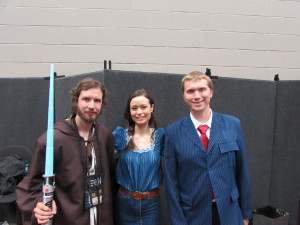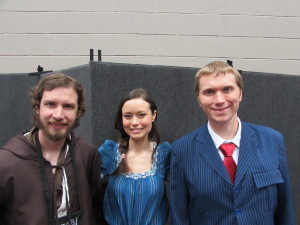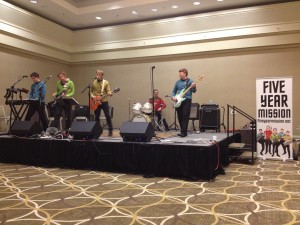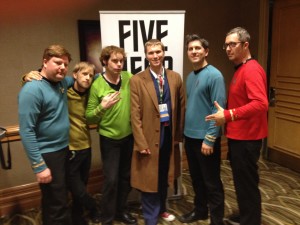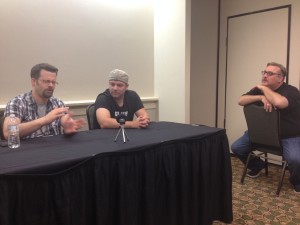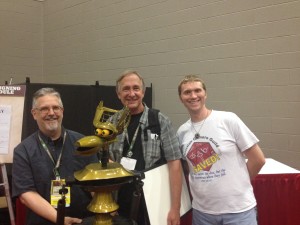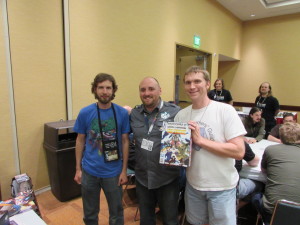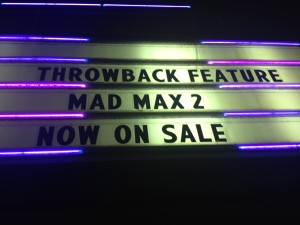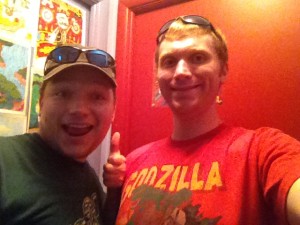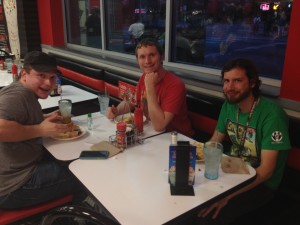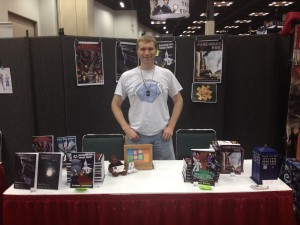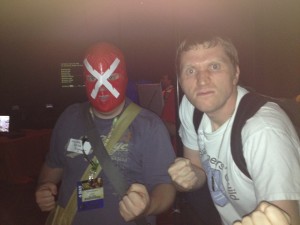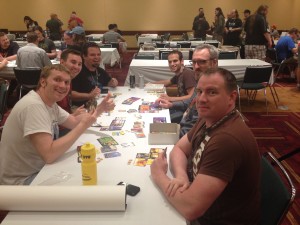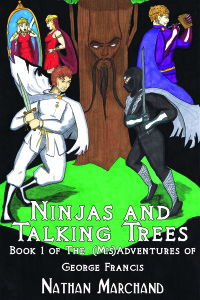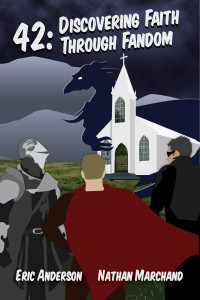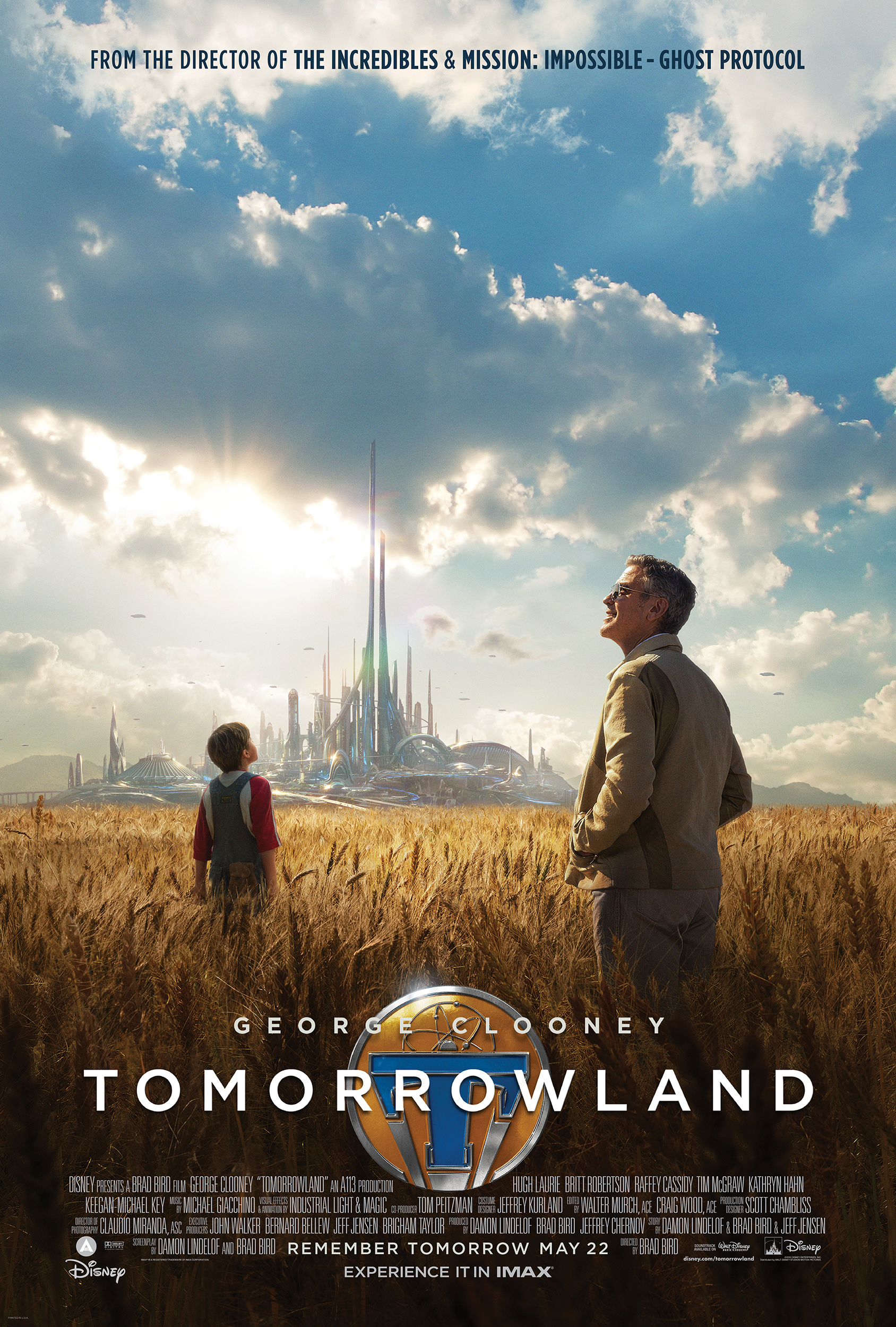(Continued from Part 3).
Forgive me, True Believers, for my delay in completing this series. I do my best to post blogs on Tuesday and/or Thursday, but that doesn’t always work out. I lead a busy life.

Before I continue with the last day of Gen-Con 2015, I neglected to mention that I witnessed the fall of Cardhalla on my way back to the hotel that Saturday night. Cardhalla is a massive display created by con-goers using cards from the many popular games at the convention (though most seemed to be from Magic: The Gathering). Essentially, it’s a “city” consisting of houses of cards. On Saturday night, con-goers throw coins at the card towers to topple them and the money is collected to be donated to charity. I didn’t throw any coins since I didn’t have any, but it was fun to watch. One large tower refused to fall despite everyone’s efforts. A guy even tried throwing a Zip-loc bag of money at it, but he missed. I kept joking that any towers left standing should be “destroyed” by Godzilla cosplayers. Because why not?
Now on to day four…
The day did start with a bit of frustration. I ended up being late to the Christian Gamers Guild/Fans For Christ worship service because Jarod and I had to pack up the car and check out before it started at 9AM. We had to be out by 1PM, and since I was going straight from the service to the vendor hall at 10AM, we had to do all of that beforehand. Eric and Jarod went ahead of me while I took the last of our stuff to my car in the parking garage below. I had about fifteen minutes to get to the service—but realized I left my 10th Doctor costume in our room’s closet! I rushed upstairs, got a new card key, rode the elevator up, and got to the room, and grabbed my costume. By the time I returned to the car, I had only five minutes to get to the service. It was fairly close by in another hotel (in fact, it was held in the same room as the Five Year Mission concert the night before), but I still ended up being five minutes late.
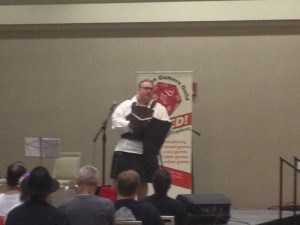
Regardless, I found Jarod and sat with him. Eric was helping with the service. The worship leader (whose name escapes me, unfortunately) was dressed as a bard (gotta love cosplay in church). After singing and communion, the message was, as usual, delivered by Derek White “The Geekpreacher.” He came dressed in what I’d call “LARP armor” (minus the sword) and preached on Ephesians 6:10-18 (the “armor of God” passage, naturally). He said he conducted a poll on Facebook for the title of his message: it’d either be “The Power of Fairy Tales” or “Here There Be Dragons.” The latter won, obviously. The highlight for me was hearing him get the entire crowd—the largest ever for this event—to recite the most famous line from the original Conan the Barbarian movie. He asked, “What is best in life?” The crowd replied, “To crush your enemies and see them driven before you. And to hear the lamentations of their women.” (I left the last part off unsure they’d say it. It’s a Christian service, after all).
EDIT: Here’s a video of his sermon.
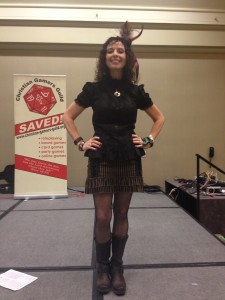
I was surprised by how many people attended the con on Sunday. It was different sort of crowd, too. The usual 4-day attendees were there, but since Sunday is “family day” at the convention, many new people came. While I wouldn’t say it was as busy as Saturday was, it was still very active.

Regardless, I myself didn’t do as many exciting things that day. Eric left by early afternoon. I mostly interacted with some amazing cosplayers and sold my books. I even found I had returning fans! One guy even came by saying he remembered me from last year, having bought and read Destroyer and The Day After, and wanted more. I barely said two sentences before he grabbed both volumes of Children of the Wells and Pandora’s Box. It was the easiest $35 I’ve ever made.
The big highlight for me was meeting Marina Sirtis, an actress most famous for playing Deanna Troi on Star Trek: the Next Generation. While I wasn’t smitten with her like I was Summer Glau the day before, Mrs. Sirtis has had a greater influence on me since I’d been a Trekker since age three and was reared on both the original Star Trek and TNG. I didn’t have to wait long to see her since the line was short. Because of that, though, Mrs. Sirtis spent a few minutes with each fan talking with them as they got photos and/or an autograph. Like with Mrs. Glau, I intended to give Mrs. Sirtis one of my books. In this case, a copy of 42: Discovering Faith Through Fandom since one of my entries is about Troi. I wasn’t sure if she’d accept something with such strong religious overtones, but I thought I overheard her say to someone in line ahead of me that her husband was Catholic, so I thought I might have a chance.

When it was my turn, I got a photo with her and had a wonderful chat, telling her that I’d realized that one reason TNG resounded with me as a child was because Picard reminded me of my Dad and Troi reminded me of my Mom. “You must’ve had an awesome Mom,” said Mrs. Sirtis. “I did,” I replied. I seized the moment and gave her the book, explaining that it was a devotional for geeks and nerds. She was noticeably surprised by this. I then said I wanted her to have a copy as a thank you for coming since I wrote about Troi in an entry. “Let me read it,” she said. I turned to that page and she read it. “So, you use stories like this to illustrate the Scriptures?” she asked. “Yes,” I replied, simultaneously nervous and excited. “Thank you so much. I’ll read this on the plane back to England.”
I walked away a happy fanboy.
Safe to say when 4PM tolled, I was sad Gen-Con was over. Not only was it the four best days of gaming, it was four of the best days of my year. 🙂

